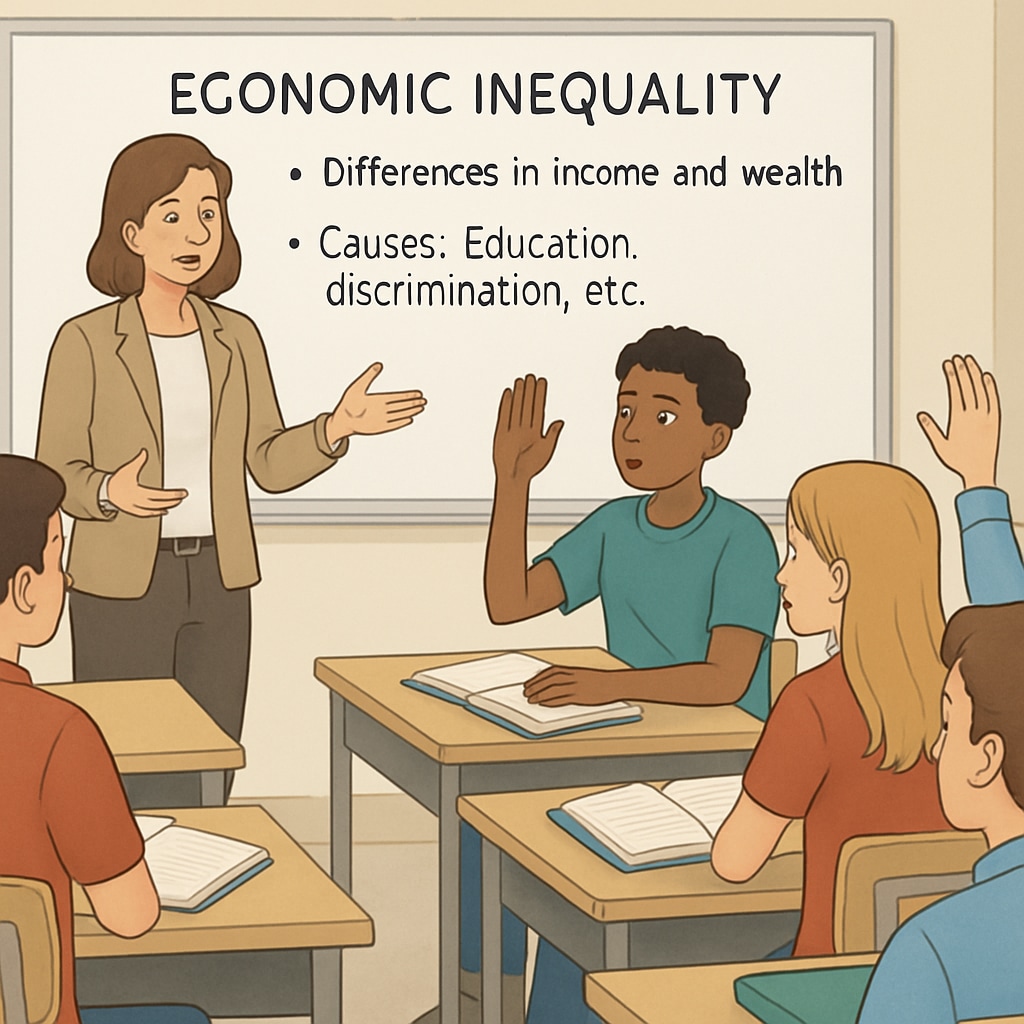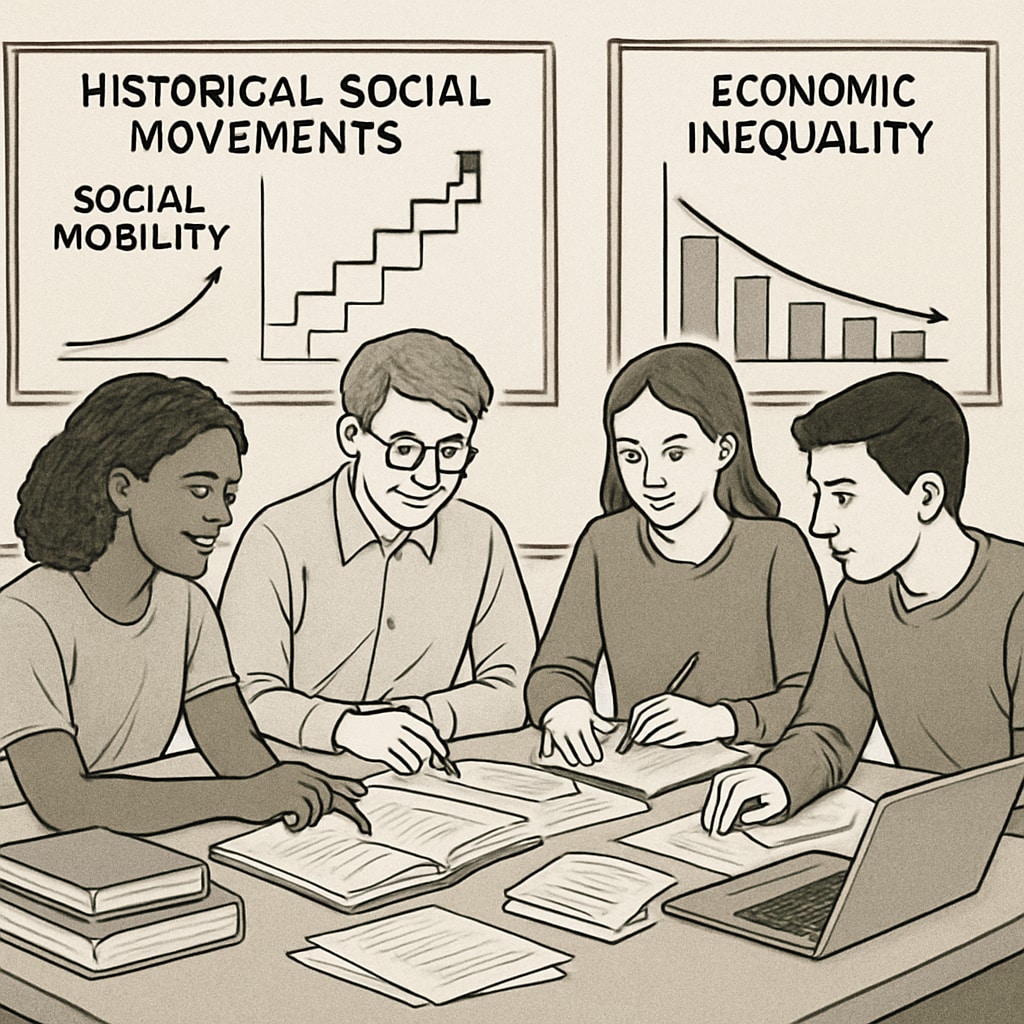The topic of “class systems, social studies education, and economic mobility” is often oversimplified in educational materials, risking the formation of rigid worldviews among young learners. A recent controversy surrounding a sixth-grade social studies textbook, which described class systems as “strictly unchangeable,” has sparked debates among educators, parents, and policymakers. Does this framing undermine students’ understanding of social mobility, or is it merely an attempt to simplify complex concepts for young minds? This article investigates the consequences of such narratives and argues for a more nuanced approach in K-12 education.
Why Simplified Narratives Create Challenges in Social Mobility Education
Textbooks play a critical role in shaping students’ understanding of society. However, simplifying class systems as “strictly unchangeable” can perpetuate harmful stereotypes and limit students’ belief in their ability to influence societal structures. Social mobility—the ability for individuals to move between socio-economic classes—depends not only on individual effort but also on systemic opportunities such as education, healthcare, and economic policies. Misrepresenting this complexity may lead students to misunderstand the dynamics of inequality and the possibilities for change.

Moreover, presenting class systems as fixed risks reinforcing a fatalistic attitude. For example, a study published by the Encyclopedia Britannica highlights the importance of fostering critical thinking about systemic barriers and opportunities. By omitting such context, education risks reducing students’ curiosity and capacity for challenging norms.
The Role of K-12 Education in Balancing Realities and Hope
Effective education should acknowledge societal inequalities while inspiring students to envision and strive for change. Social studies curricula must balance the harsh realities of class systems with examples of economic mobility and societal progress. For instance, historical figures and movements—such as the Civil Rights Movement or labor unions—demonstrate how collective efforts can create pathways for change.
To accomplish this, educators can adopt the following strategies:
- Introduce case studies showing successful examples of social mobility.
- Encourage discussions about systemic barriers alongside individual achievements.
- Incorporate critical thinking exercises that challenge students to question and analyze societal structures.

Furthermore, resources like Wikipedia’s page on economic inequality provide accessible, in-depth material for educators seeking to expand classroom discussions. These tools can enrich students’ understanding and empower them to explore solutions to inequality.
Fostering Critical Thinking: The Key to Breaking Class Cages
Critical thinking allows students to navigate complex societal issues and reject oversimplified narratives. In the context of social studies, this means encouraging learners to question the rigidity of class systems and explore how policies, education, and activism have historically expanded economic mobility. By fostering analytical skills, students can develop a deeper understanding of their potential role in shaping society.
For example, teachers might ask students to debate whether education itself is a driver of economic mobility or whether systemic inequalities limit its effectiveness. These discussions can inspire students to engage with societal issues actively, rather than passively accepting the status quo.
As educators, policymakers, and parents, we must ensure that curricula reflect both the realities of inequality and the possibilities for change. Only through a balanced and thoughtful approach can K-12 education empower students to challenge societal structures and contribute to a more equitable future.
Readability guidance: Use brief paragraphs and lists to summarize key points. Ensure a balance between presenting challenges and highlighting solutions. Incorporate external links for additional context and encourage critical thinking throughout the article.


